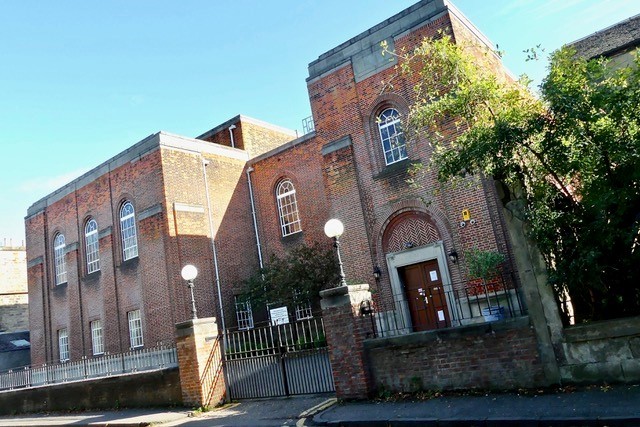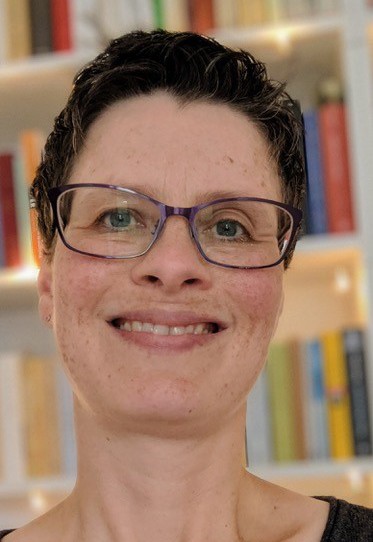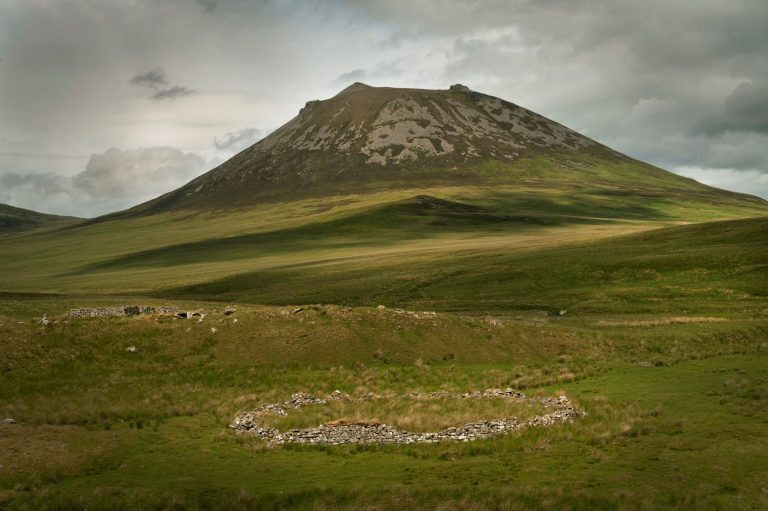
Hannah Holtschneider introduces her new book focussing on the life of Rabbi Dr Salis Daiches and his place in Scottish Jewish History.
‘In spite of Mr. Daiches’s matter-of-fact tone the idea of a Scottish Jew is a little startling.’
So says Saul Bellow in a review of David Daiches’s 1956 memoir Two Worlds: An Edinburgh Jewish Childhood. Seen as ‘provincial’ in terms of Jewish history, Scottish Jewish history has not received much attention with scholarship on Jewish history of the British Isles largely confined to developments in the greater London area.
From the metropolis to smaller communities
It was Bill Williams’s The Making of Manchester Jewry, published in 1985, which directed attention away from the metropolis and towards the smaller communities. At the same time more determined efforts at preserving contemporary Jewish heritage and new energy expanding the study of Anglo-Jewry began moving it from the preserve of gifted lay historians properly into the academy. A new generation of scholars, led by David Cesarani, Tony Kushner, and Todd Endelman, linked the historiography of British Jewry with topics such as the study of minorities, suburbanisation, urban history, refugee and migrant histories and post-colonial history, embedding their work in the study of British history. And yet Scottish Jews remained on the margins of inquiry.

The recent emergence of transnational history, which links local history with migration and the study of places migrants left behind in their quest for a new life, has led to a turn in the study of Scottish Jewish history. Transnational history is intended to provide evidence of the patterns of communication and influence which run between places of significance in migrants’ lives. From this vantage point, British-Jewish history, rather than being confined to these islands, is now being understood through inquiries into the various paths of migration taken by Jews from Europe into the Anglophone world since the onset of modernity. A focus on movement between places and on the nature of continuing relationships with communities of origin allows scholars to understand better many social, economic, political, and religious phenomena. This is demonstrated in a recent Arts and Humanities Research Council-funded project on Jewish migration to Scotland which I directed: Jewish Lives, Scottish Spaces. The Jewish history of places with small Jewish populations, when not seen in isolation, presents a tapestry of relations which span villages, towns, cities, countries, and continents as migrants negotiate their lives, settle, and often uproot again to seek their fortunes elsewhere.
Rabbi Dr Salis Daiches
Jewish Orthodoxy in Scotland, adds to the growing scholarship in transnational Jewish history. Through the life of one migrant rabbi who came to Britain in 1903, David Daiches’s father Salis Daiches, I explore the migration and development of Jewish practice, tradition and ideology in relation to authority in community governance in early twentieth-century Britain.
Ideas about leadership, authority, education and community structure clashed in the first two decades of the twentieth century. But with immigration stagnating since before World War I, and immigrants now poised to stay rather than seeing Britain as a staging post in their journey west, Jewish communities had to come to terms with the majority of their congregants being first-generation immigrants, and they had to deal with the resulting cultural conflicts.
Salis Daiches’s life journey – from Vilna via Berlin to Britain – highlights central aspects of the processes of adjustment dealt with in the communities across the United Kingdom. Salis Daiches here exemplifies trends in Lithuanian and German Jewish Orthodoxy, such as the desire to bring together religious and secular life. His life also testifies to a network of interlocutors in the global religious Jewish world, making him part of a large Jewish intellectual circle.

It’s not easy to spot traces of Salis Daiches and his contemporaries in the places in which they once lived. Many congregations are gone, many synagogue buildings sold or demolished as Jews moved towards other centres of Jewish life after World War II, and former lively communities are depleted or transformed with new waves of immigration of Jews from elsewhere in Britain and beyond. Scholars thus become valuable custodians and communicators of histories invisible to the contemporary resident and visitor. Linking narratives and places, we can bring to the surface the nature of Jewish life in a city, the role of religious figures such as Rabbi Salis Daiches in Edinburgh. We can make traces of Jewish life visible by reading memoirs such as David Daiches’s Two Worlds. By paying close attention to the streets we walk in and the buildings that survive such as the synagogue in Salisbury Road (inaugurated in 1932), arguably Salis Daiches’s major achievement celebrating the unification of resident and immigrant Jewish congregations. We may not be able to see evidence of Jewish life on the surface of the cityscape, but stories linked to sites are a way of examining a crucial part of Edinburgh’s immigrant history.
Links
- Download the introduction to Jewish Orthodoxy in Scotland from the EUP website
- Discover more about Edinburgh’s Jewish history with the online exhibition Edinburgh Jews
- Take a stroll through the city with the self-guided tour Jewish Edinburgh on Foot
- Find sources on Scottish Jewish history in the Scottish Jewish Archives Centre

Hannah Holtschneider is a cultural historian at the University of Edinburgh. Her research interests span early twentieth century Jewish history in Britain, Jewish migration history, the impact of the Holocaust on individuals and communities, Holocaust memorialisation, and the representation of history in museums.




